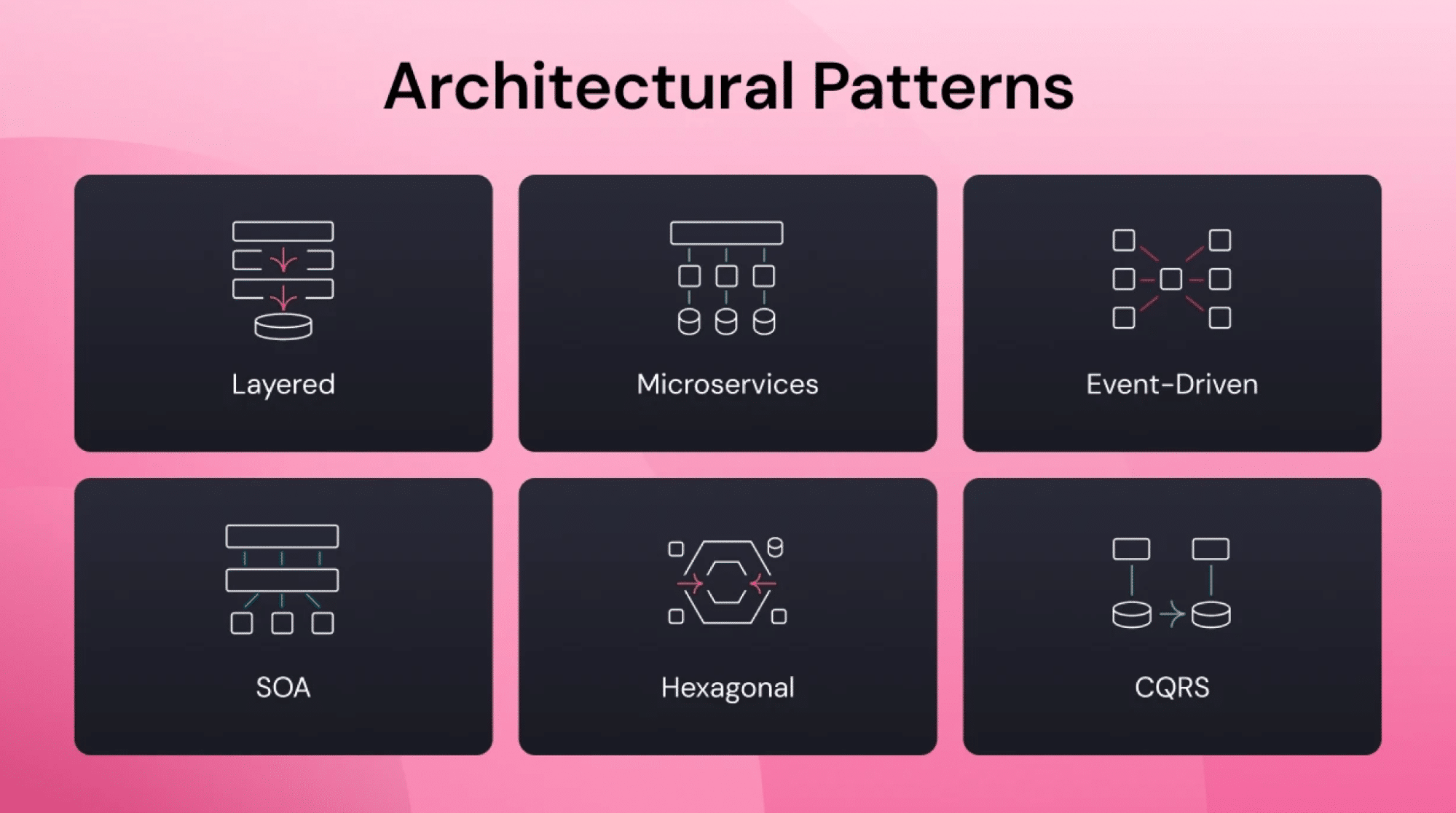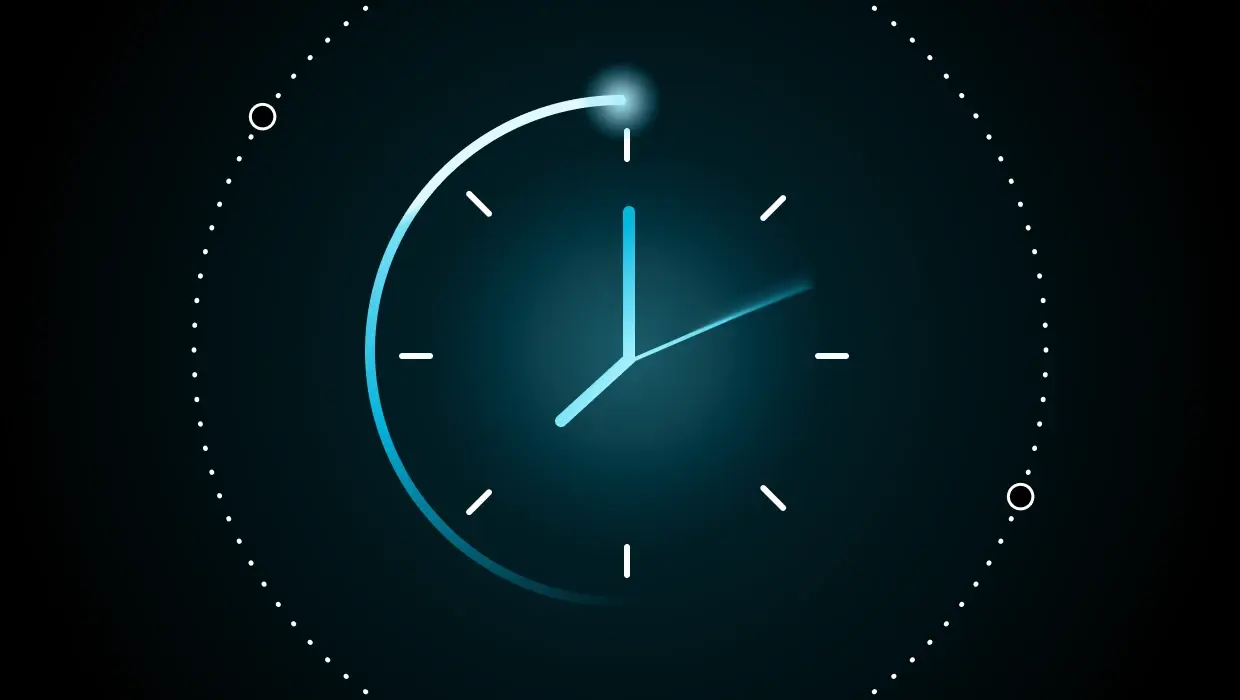Technical Debt. If those two words send you running from the room, you are not alone. A recent survey found that 70% of respondents said technical debt inhibited their ability to innovate. Even though 79% of organizations had defined goals, only 54% could outline a strategy for reducing debt. Without continuous architectural observability, it is common to deploy new code only to have unexpected problems pop up.
Nothing is more frustrating than refactoring code only to discover issues that set a project back months. When setbacks happen, pipelines can become clogged and releases delayed. Project costs may go up, increasing everyone’s stress level. It’s no wonder that 79% of software modernization projects fail.
Many have presented reasons for why projects fail. These reasons have included everything from a lack of executive support to the elimination of in-person collaboration. What they haven’t talked about is focus.
Most teams assess technical debt by looking at code quality, defect ratios, or technical debt ratios of an application. They rarely assess an application’s architecture, assuming it will take care of itself as modernization progresses. Couple this attitude with continuous delivery demands, and architectural drift increases with each release cycle.
Rather than ignore architectural concerns, development teams should champion continuous architectural observability. They need to shift left architect involvement to lessen the impact of application complexity and continuous delivery on application architecture.
Why Focus on Application Architecture?
If you’ve been involved in constructing a building, you know there are original and as-built plans. As-builts document the changes made to the original design during construction and should include the exact dimensions and locations of all work elements. The plans are invaluable when remodeling or renovating an existing structure.
Related: Unlocking Excellence: Navigating the Path of Continuous Modernization
Building and maintaining software applications works in much the same way. Specifications may outline what the code should do, but actual coding rarely matches the specification when deployed. As with construction projects, someone needs to monitor the deviation from the original architecture to ensure project integrity.
Application Complexity
While microservices architecture has many advantages, its web of microservices increases application complexity. Every service is self-contained. If a microservice needs an external resource, it makes a request. Sometimes, developers write extra code to maintain service independence, which can contribute to architectural drift.
The distributed nature of microservices applications makes testing and troubleshooting challenging. Tracing a request through multiple services means looking at the data each service provides. Stringing the information together still lacks context despite the hours of analysis.
Integrating third-party application programming interfaces (APIs) adds to application complexity. Developers have no control over changes in third-party APIs that happen over time. Instead, they must modify their code to address changes. Even if the API remains unchanged, developers may need to add application functionality that requires a workaround to accommodate the API.
Cloud computing adds a third component to application complexity. The top priority for businesses in the next three years is modernizing and integrating applications with cloud services. While most companies operate in a public cloud, 55% still use on-premise systems.
This hybrid operating environment requires modernization processes to consider current implementation that may involve cloud and on-premises operations with future cloud-only capabilities. Developers must assess the sustainability of their applications as they migrate to a cloud-first enterprise.
Microservices, third-party integrations, and cloud migration create a complex environment for managing application architecture. Add continuous delivery to the mix, and the potential for unconstrained architectural drift grows with each release.
Related: Unlocking Excellence: Navigating the Path of Continuous Modernization
Continuous Delivery
As more organizations adopt an agile methodology, speed adds another dimension to software delivery. Applications are rarely once and done, requiring regular updates, new features and functionality and a modern user experience—all of which depend upon incremental improvements as quickly as possible.
This demand for continuous delivery often forces development teams to evaluate the tradeoffs between speed and quality. For example, a company has promised new functionality in the upcoming release. However, the optimal implementation would delay the release by two weeks. The developers opt for a less-than-optimal approach to ensure the software meets its release date.
Theoretically, developers should add a task to their backlog to optimize the new functionality. However, the priority assigned to the task depends on what else is in the backlog. It could take months before the issue is addressed.
If the optimization involves application architecture, the assigned priority may be lowered in favor of more revenue-generating features. Unfortunately, ignoring the task only adds to the application’s technical debt.
Without architectural observability, development teams lack the resources to prioritize architectural technical debt. Deviations accumulate with each release cycle until catastrophe strikes. With architectural observability, engineers can see behaviors in context and address them before a disruption in service occurs.
Related: How Continuous Modernization Can Address Architectural Drift
How Observability Helps Architectural Focus
Technical debt can be intentional or unintentional. Intentional technical debt happens when architects and developers evaluate the tradeoffs among several design options. No matter the decision, they know that some technical debt will accrue.
In the past, development teams lacked the tools needed to assess the architectural impact of those decisions. They made educated guesses based on traces and logs produced by each microservice. The sheer volume of data from hundreds of microservices was difficult to analyze and place in context.
Architectural observability changes how engineers look at technical debt. It lets them see structural deviations before they threaten application stability. With observability tools, architects can establish baselines, set thresholds, and monitor drift to address architectural technical debt proactively.
Establish a Baseline
Odds are the original architectural plan for an application is not what is operating in the wild. How far the architecture has drifted requires a baseline. Establishing a baseline identifies an application’s behaviors and interactions. It quantifies the deviation from the original design and measures the drift going forward.
Baselining an application’s architecture means looking at complexity, modularity, and risk. It requires data on areas of architectural debt, such as service exclusivity, cross-domain contamination, and interoperability. Without a baseline, architects struggle to set thresholds and assess accumulating architectural technical debt.
Set Thresholds
Organizations need to set thresholds for technical debt, whether application or architectural. When software reaches or exceeds those values, development teams need a plan to lower the values and the corresponding technical debt.
Automated architectural observability tools can monitor applications and alert architects when thresholds are reached. They can help visualize the drift for a clearer picture of what is actually happening during runtime. With advanced notice, engineers can develop a plan for fixing the anomalies before they result in service disruption.
Monitor Drift
Capturing data on evolving software applications is challenging. Development teams not only need a process that incorporates observability into each iteration of continuous delivery, but they also need to identify what to monitor to minimize technical debt.
Service Creep
Adding or deleting services can alter an application’s architecture. Architects should audit an application’s structure to ensure the service changes are necessary for technical or business reasons. In complex applications, maintaining control of service creep decreases the potential impact of architecture deviation.
Service Exclusivity
Fundamental to a microservices architecture is service exclusivity. However, avoiding dependencies can be challenging when moving a monolithic application to a microservices structure. Monoliths share resources and classes. Modules are often tightly coupled. Unless architects monitor service exclusivity, architectural technical debt can grow undetected.
Dead Code
Dead code can be revived. Unlike unreachable code, dead code can technically be reached. It may no longer be used, but there’s always the possibility it could triggered accidentally. Dead code increases as software evolves and functionality changes. If left untouched, dead code can complicate an application’s architecture.
Developers are hesitant to touch unused but reachable code for fear of a zombie apocalypse. Using architectural observability tools, engineers can watch what happens to ensure that touching the dead code will not have catastrophic results.
Common Classes
Common classes should function as a shared common library of core platform services. If not placed into common services, an application’s architecture can develop dependencies and duplicate code. Duplicate code increases an application’s size unnecessarily, and dependencies violate service exclusivity.
Architectural observability allows architects to identify dependencies and duplicate code for proactive correction. They can provide fixes that re-establish the architecture before technical debt is allowed to accumulate.
Maintain Focus
Architectural observability moves architects into the mainstream of software development. They are no longer relegated to the start of a project. Instead, they are part of each iteration, ensuring that development teams keep architectural technical debt in focus.
Addressing architectural drift incrementally with automated tools allows engineers and architects to minimize deviations through early detection. They can integrate fixes into development schedules to reduce the impact on delivery. Development teams can keep architectural drift in focus.
vFunction’s Architectural Observability Manager enables technical teams to create architectural baselines, set thresholds, and receive alerts when software architecture changes may result in architectural drift and technical debt. The tool enables architects and engineers to proactively address architectural anomalies.
With its AI capabilities, the vFunction Architectural Observability Manager can quantify improvements and confirm fixes. If you’re ready to transform your modernization process, request a demo to learn how architectural observability can help.








